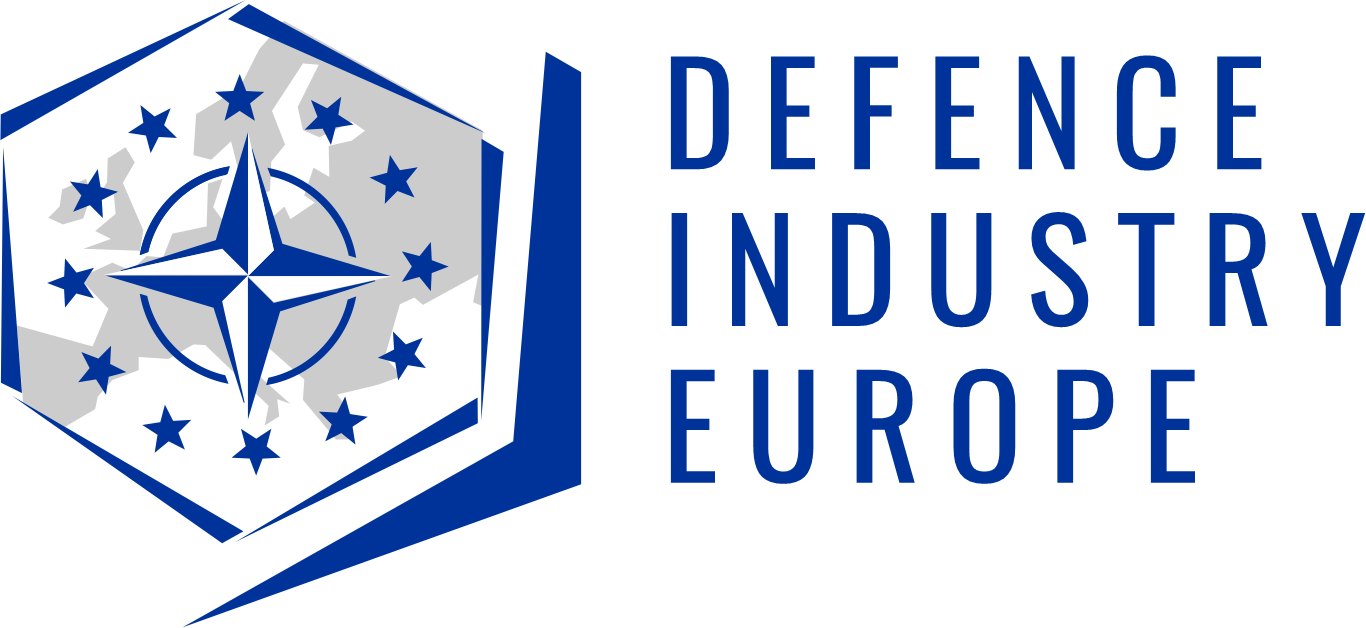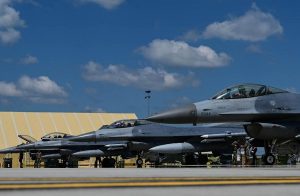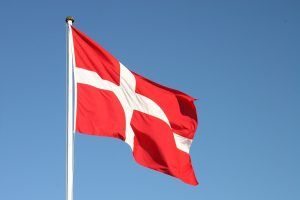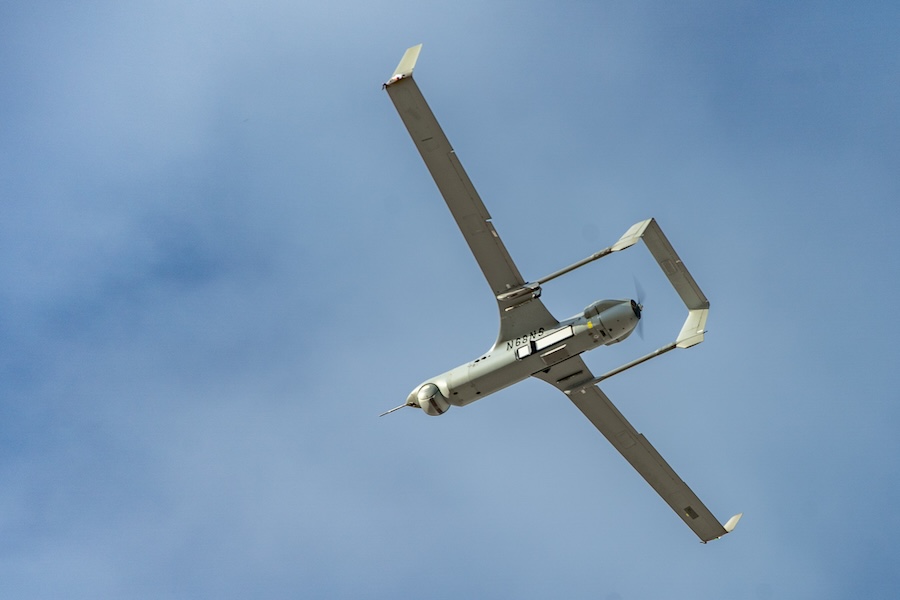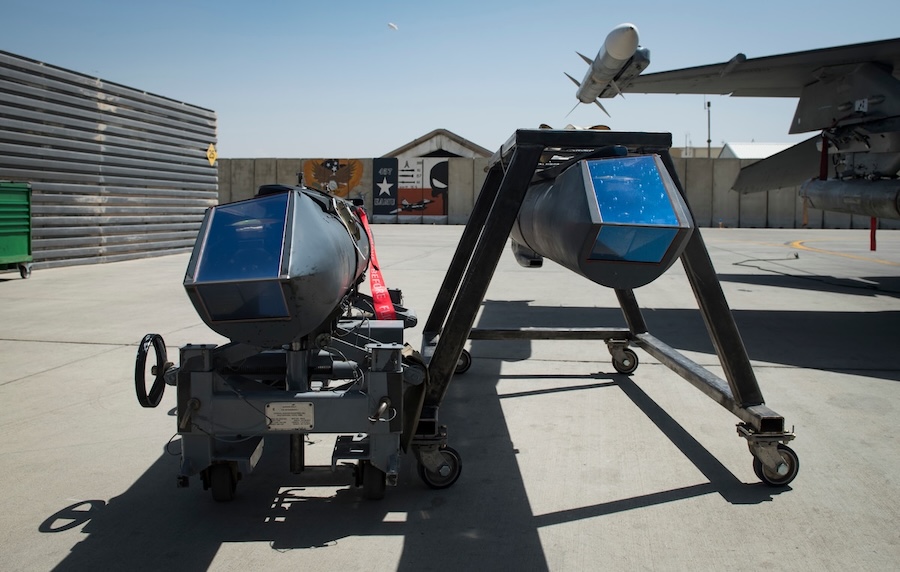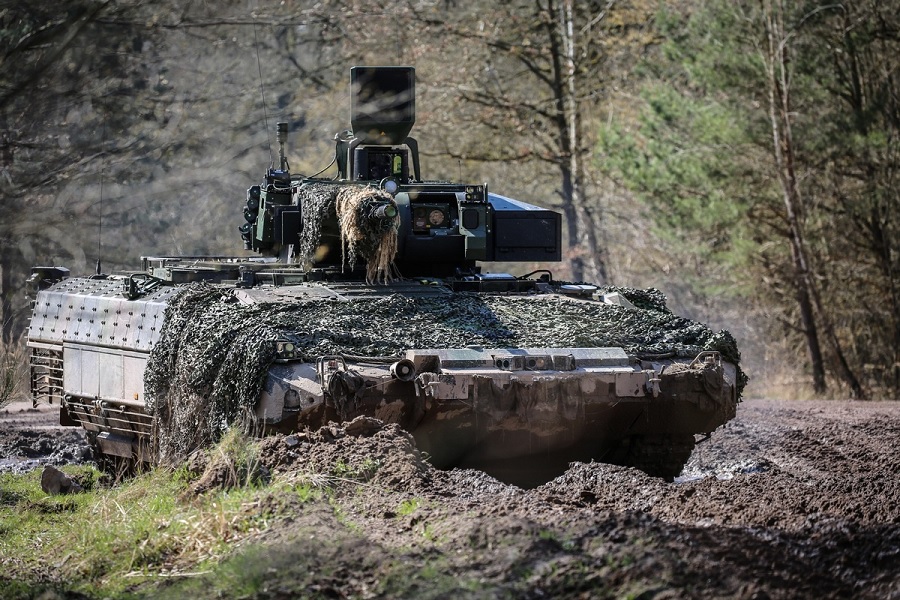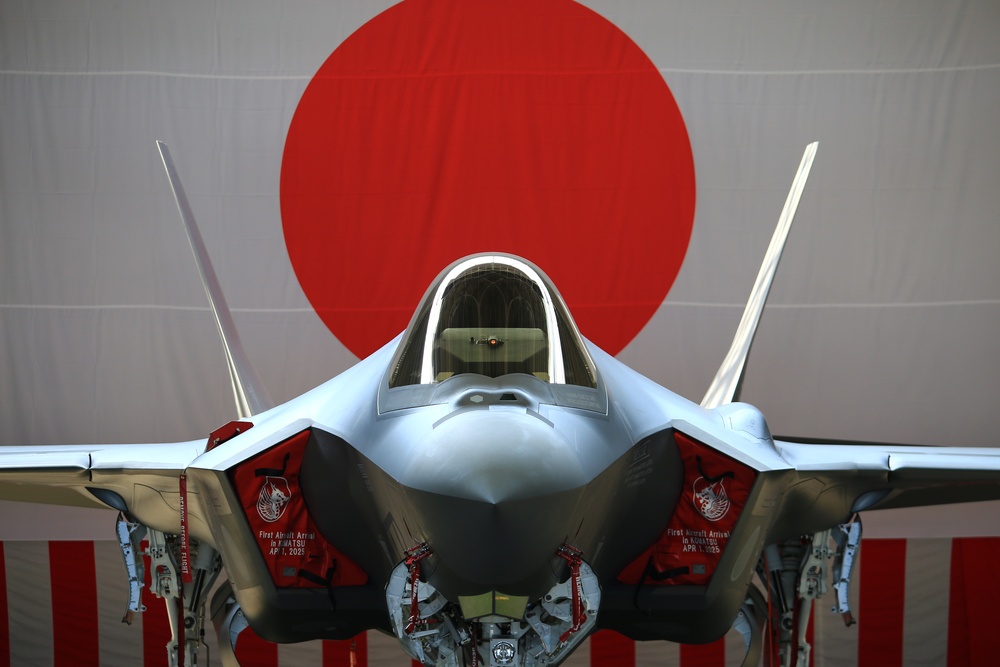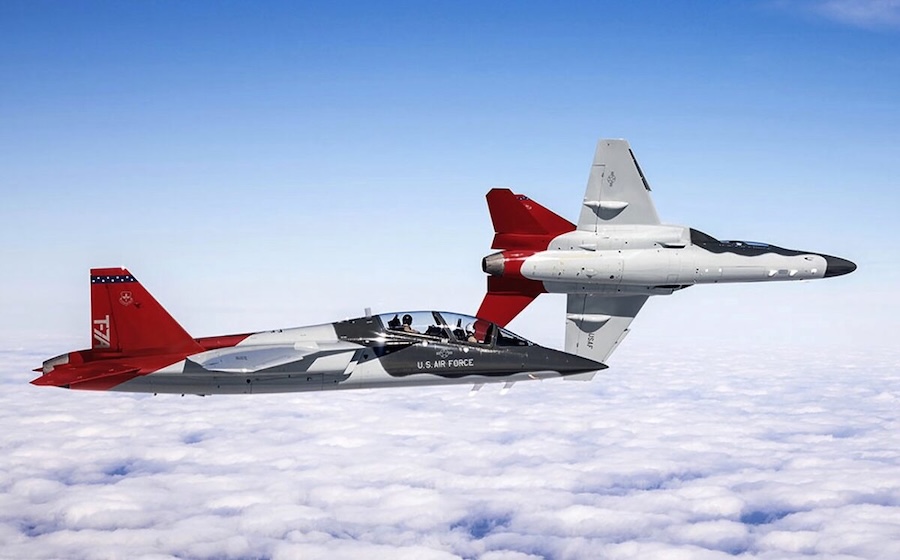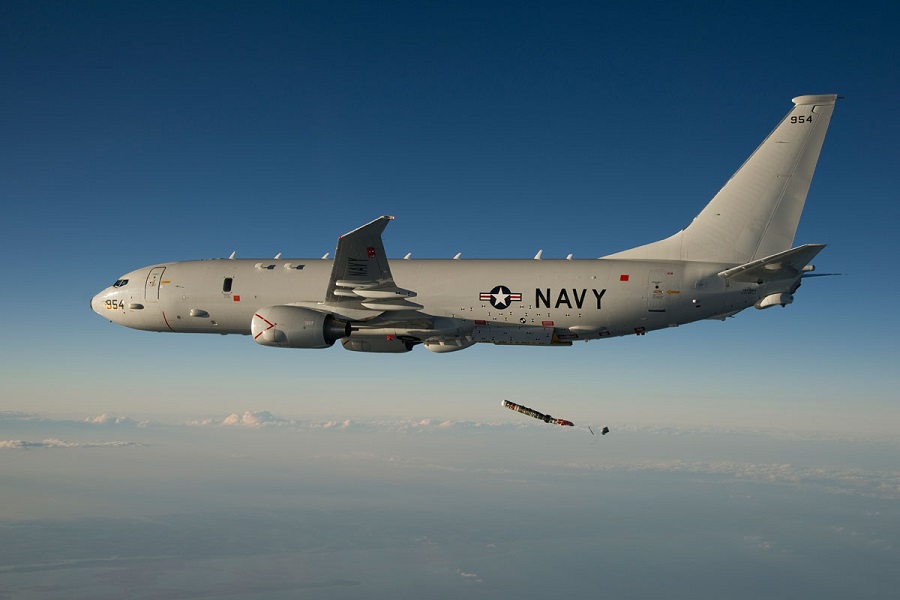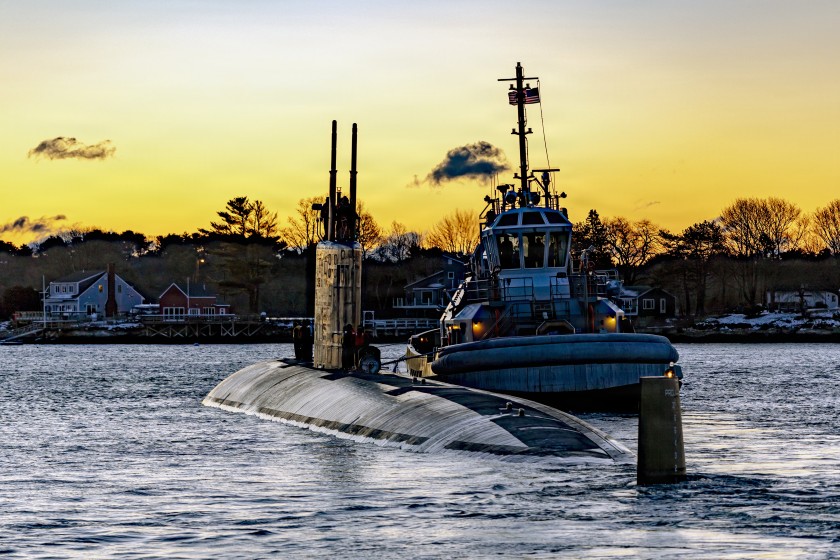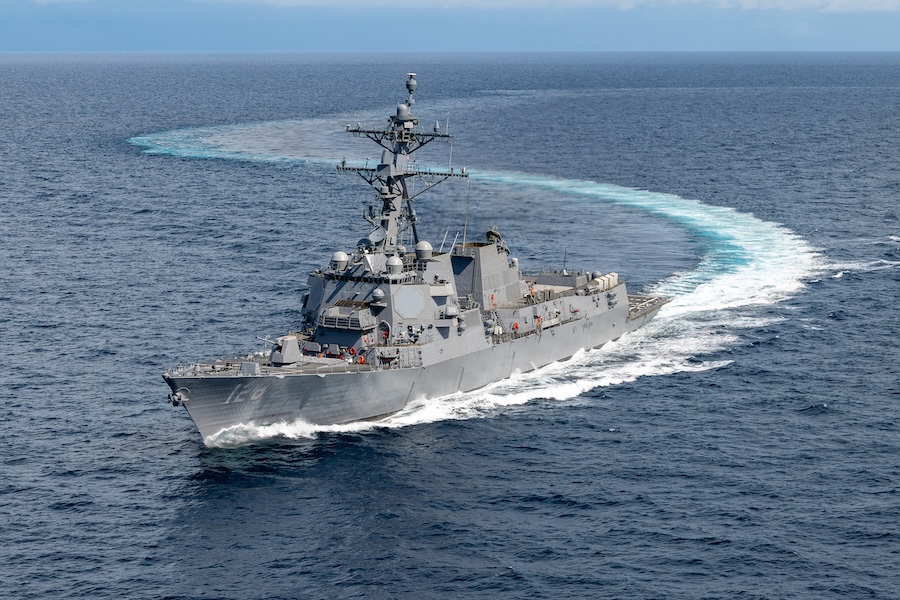The factory will produce 30,000 tonnes of negative electrolyte annually using Lockheed Martin’s GridStar Flow technology, a redox flow battery system designed to advance clean energy solutions. Lockheed Martin emphasised the innovation, stating, “GridStar Flow is an innovative, redox flow battery designed to advance clean energy affordability and sustainability.” The facility is scheduled for commissioning in the summer of 2026.
This project benefits from €25 million in National Recovery and Resilience Plan (NRRP) co-financing, demonstrating Romania’s commitment to advancing its renewable energy sector. Romanian Energy Minister Sebastian Burduja highlighted the significance of the investment: “With this project, Romania is attracting a strategic American investor with cutting-edge technology… Once this investment is finalised, our country will have a strategic advantage in the European Union in the development of renewable energy projects.”
Lockheed Martin vice-president for international business, Ray Piselli, expressed optimism about the collaboration: “I’m excited by the prospects for this new partnership in Romania – our first project in the commercial sector and one which helps address net zero ambitions in country.”
This marks a pivotal shift for Sinteza, which has over a century of experience in the chemical industry. The company is transitioning from producing benzoic acid to focusing on green energy technologies. The partnership aligns with Romania’s broader goals to enhance its strategic energy capabilities and support the European Union’s renewable energy targets.
Lockheed Martin has recently expanded its footprint in Romania, having opened two maintenance centres earlier this year in Bacau for Black Hawk helicopters and High Mobility Artillery Rocket Systems (HIMARS), in collaboration with Romanian aircraft construction company Aerostar. This new battery factory further solidifies the country’s role as a hub for advanced technology and renewable energy in Europe.



